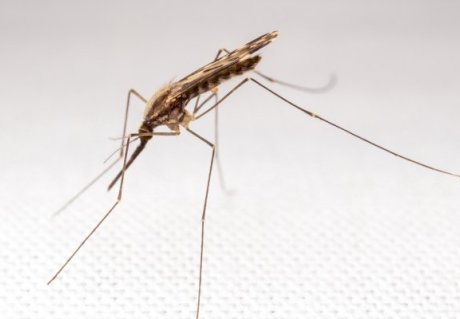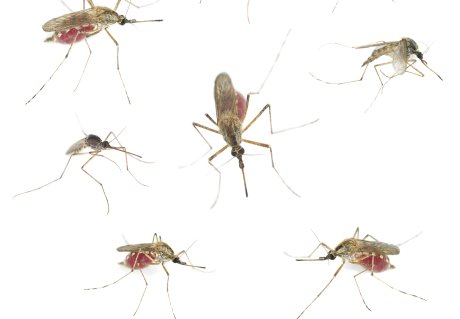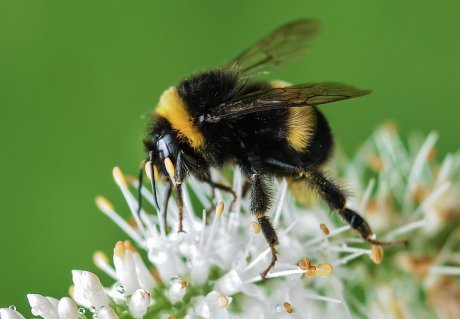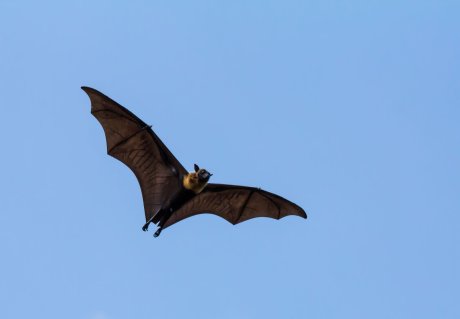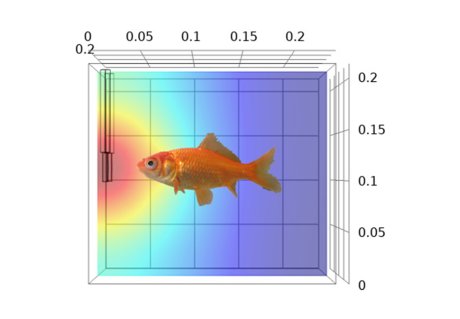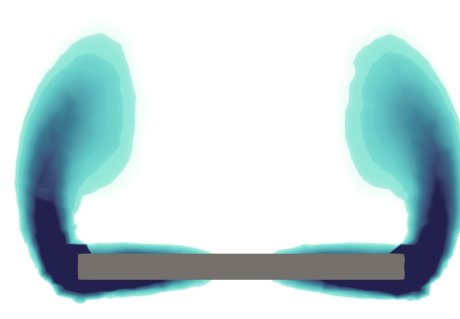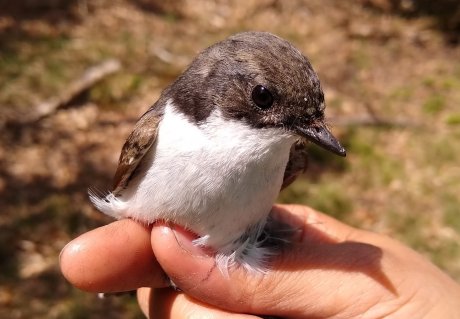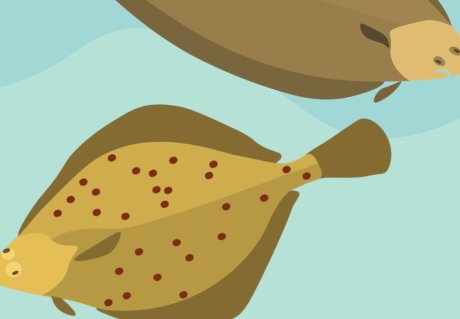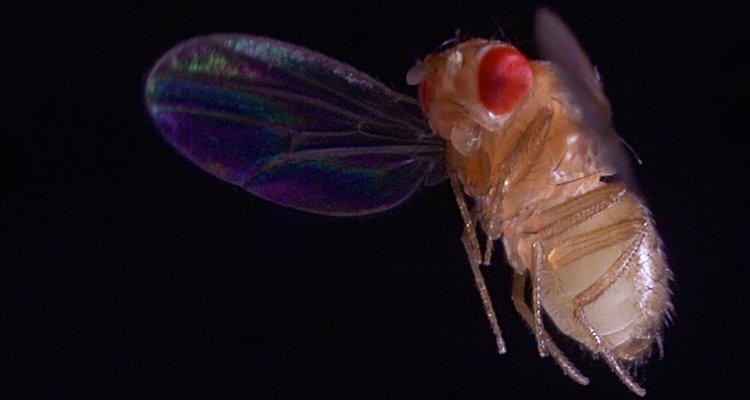
Biomechanics of moving animals
Animals have evolved amazing movement systems, ranging from the rapidly beating wings of flying flies and the flexible undulating body of swimming fish, to the precisely controlled cuttlefish arm for catching and manipulating prey. To unravel how natural movement systems function, we study the biomechanics and neuro-muscular control of moving animals.
This research requires a highly interdisciplinary research approach, and so our scientific team consists of biologists, physicists, and engineers. Our animal movement research is divided into two sub-themes:
1) Bio-fluid Mechanics of Animal Flight.
Insects, birds and bats have amazing flight capabilities, and especially in manoeuvrability natural flyers outperform any human-made flying device. We study the aerodynamics and control of animal flight, whereby we use mosquitoes, bumblebees, and pied flycatchers as our model organisms. These animals are not only highly specialized flyers, but the flycatcher is also an excellent model organism for movement ecology research, and mosquitoes and bumblebees are of high societal relevance. Bumblebees are important pollinators in both nature and agriculture, whereas the mosquito is the most dangerous animal in the world. Therefore, our animal flight research has both fundamental and applied value.
2) Bio-fluid Mechanics of Animal Swimming.
For our swimming research we focus on swimming of zebrafish, cuttlefish and flatfish. Zebrafish are model species for fish locomotion, and in this context we study the underlying bio-fluid mechanics and neuro-muscular control. Cuttlefish use both undulating fins and jet propulsion to precisely control their position and orientation during swimming. We study the biomechanics, hydrodynamics and control of this complex dual-mode locomotory system. Flatfish have evolved a highly specialized locomotory system that allows them to dig into a substrate and rapidly emerge from it when evading predators. Knowledge about this behavior will be used to develop new sustainable fishing techniques with minimal impact on the seabed and reduced CO2 emissions.
The team members are:
-
I (Ilam) Govindasamy
PhD candidate -
DL (Dayo) Jansen MSc
PhD candidate -
HD (Hendrik) du Toit MSc
PhD candidate -
LJ (Lana) de Vries
PhD candidate -
dr. GJ (Guillermo) Amador
Postdoctoral researcher -
dr. A (Antoine) Cribellier
Postdoctoral researcher -
dr. LJ (Lukasz) Nowak PhD
Postdoctoral researcher -
dr. BS (Serge) Poda
Postdoctoral researcher -
dr. CYA (Camille) le Roy
Postdoctoral researcher -
dr. X (Xiaolei) Mou
Guest researcher -
dr.ir. MJM (Martin) Lankheet
Associate professor -
prof.dr.ir. JL (Johan) van Leeuwen
Professor of Animal Mechanics
